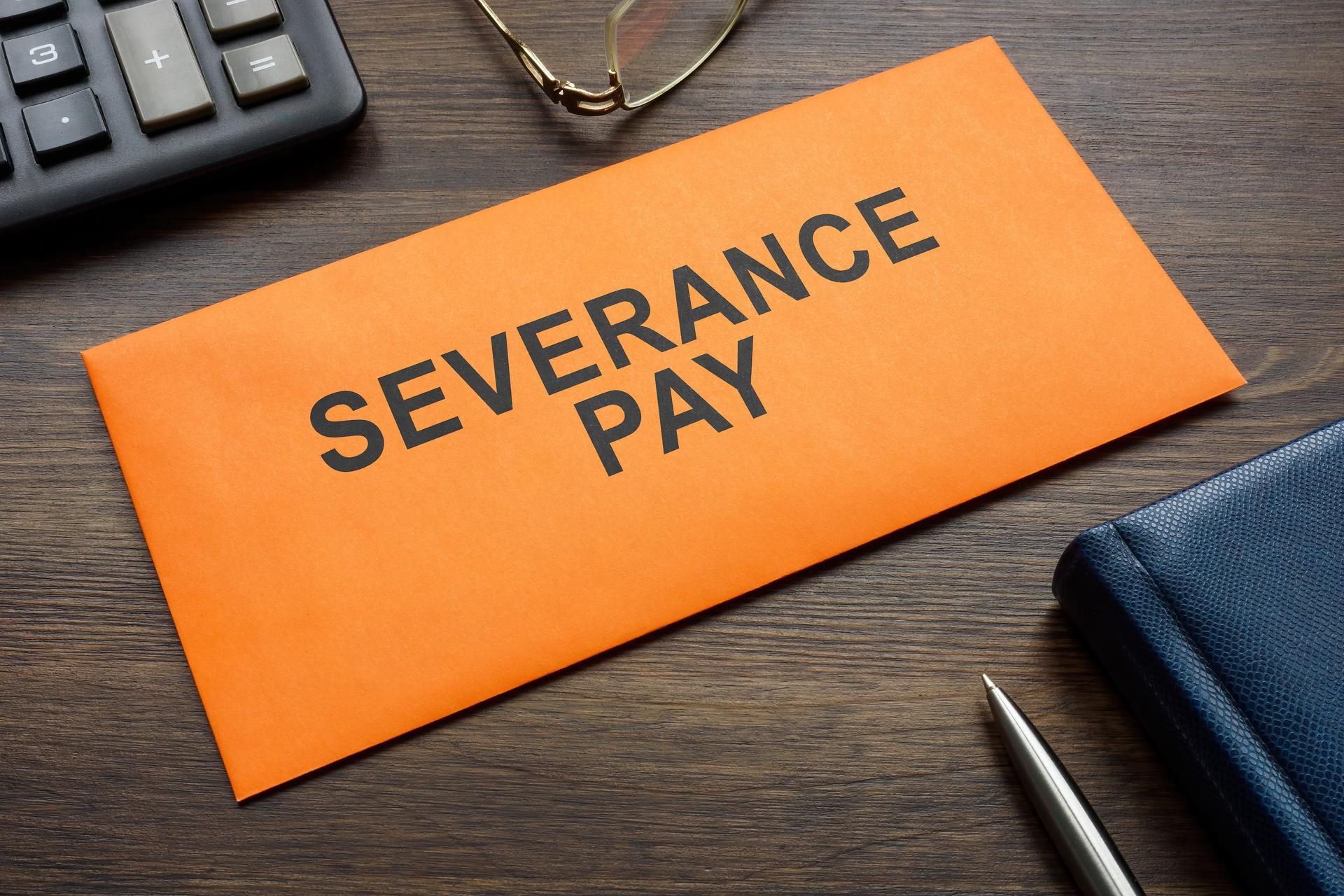Types of Harassment at Work

Did you know that about 75 percent of all workplace harassment or discrimination cases are never reported? One of the primary reasons why most workplace harassment victims fail to report the offenders is because they don't know what behaviors qualify as harassment and the steps they should take.
This article will highlight some common types of workplace harassment under the law to help you to identify workplace harassment or discrimination and take action.
Discriminatory Harassment
This discriminatory workplace behavior involves treating an individual unequally or unfavorably because of their skin color, ancestry, gender, origin, age, religion, disability, or (depending on your State) sexual orientation. Perpetrators typically express it through threats, violence, derogatory jokes, or offensive verbal or written comments.
Discriminatory harassment can also occur in more subtle ways, such as the benefits workers receive, the type of tasks they are assigned, and the way their productivity is judged and rewarded. Discriminatory harassment may also occur during the hiring process where qualified individuals are not hired due to their gender, skin color, religion, or sexual orientation, among other factors.
Workplace Violence
Violence in the workplace, sometimes referred to as physical discrimination or intimidation, is a form of discrimination that involves aggressive, violent, or threatening behavior such as hitting, shoving, and kicking. Workplace violence can also include destroying property to intimidate the victim and verbal abuse. Workplace violence needs to be related to a discriminatory practice in order to be actionable in a Court of law.
Sexual Harassment
As the name suggests, sexual harassment refers to any form of intimidation that involves unwanted sexual conduct, behavior, or advances. There are the three types of sexual harassment.
Physical Sexual Harassment
This form of sexual harassment involves physical contact, and it can take the form of unwanted touching. For example, touching someone sexually, kissing, stroking, sexual assault, rape, or repeated instances of neck massages would all fall under this category of harassment. This form of sexual harassment may also include stalking, leering looks, and obscene gestures.
Verbal Sexual Harassment
When someone repeatedly uses comments or words that have a sexual connotation, that can be considered sexual harassment. Examples of this type of harassment may include, but are not limited to, making sexual comments about body parts or appearance, catcalling, telling sexual jokes, or spreading rumors about a colleague's sex life.
Visual Sexual Harassment
Besides the verbal and physical form, sexual harassment may also be visual. Visual sexual harassment can be expressed through displaying suggestive sexual visuals and looking a person up and down, among other unwelcomed conduct.
Power Harassment
This type of harassment can also be referred to as abuse of power. It relates to intimidation, threats, or exploitation by someone from a position of authority toward their employees or juniors. People in positions of power such as supervisors or managers can misuse their influence to make their employees’ workplace more hostile.
Cyberbullying
More and more businesses are embracing technology because of convenience, speed, and cost-effectiveness. But apart from the benefits, technology is also exposing employees to workplace cyberbullying. Examples of workplace cyberbullying may include online stalking behaviors, sharing untrue and humiliating things about a coworker, and sending harassing or sexual emails and text messages to the victim. If this happens to you, print or take screenshots of the conduct. Companies have a habit of losing them through “routine maintenance.”
Solutions for Harassment
First things first: get yourself a lawyer. Make sure you pick a lawyer who focuses his or her practice on employee rights & workplace harassment laws. Next, file the appropriate workplace harassment, intimidation, or discriminatory claims through the company’s reporting policy. Workplace harassment or biased claims can be filed against anyone: your coworkers, bosses, supervisors, but usually not against suppliers or customers.
If you have experienced any type of workplace harassment, talk to our workplace harassment and discrimination attorneys about your situation. Workplace harassment can damage the dignity of the victim, exposing them to depression, and other psychological or mental health issues. If you’re facing this situation, our lawyers can help you gather evidence, file claims, protect yourself from the offender, and get the compensation you deserve. Contact us for more details.
Alabama Rules of Professional Conduct Notice: No Representation is made that the quality of legal services offered is greater than that of other lawyers. The information contained on this website is not a substitute for legal advice, and reading it does not create an attorney-client relationship.
Alabama Rules of Professional Conduct Notice: No Representation is made that the quality of legal services offered is greater than that of other lawyers. The information contained on this website is not a substitute for legal advice, and reading it does not create an attorney-client relationship.









